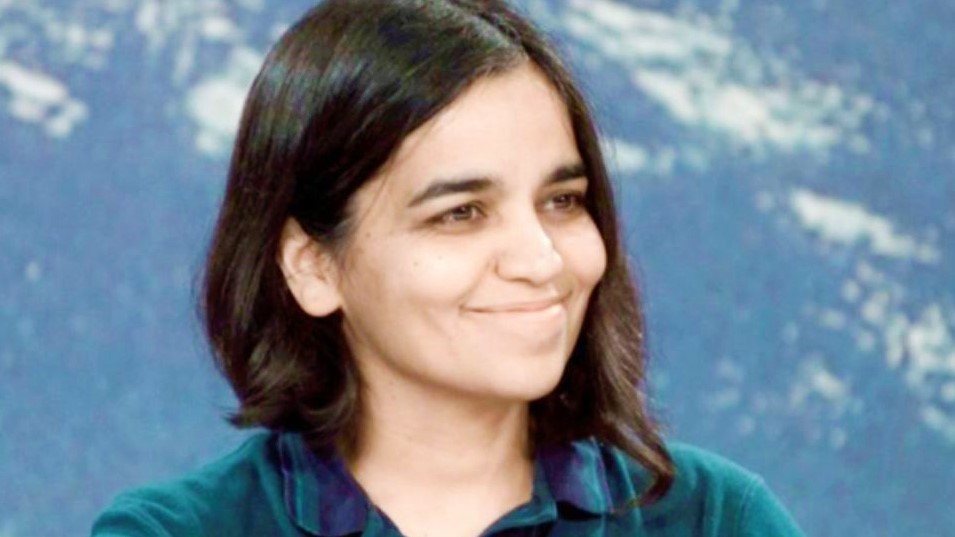Kalpana Chawla
Education
kalpana Chawla went to Tagore Baal Niketan Senior Secondary School in Karnal for her essential and optional tutoring in India. NASA urged the school to take part in their Summer Space Experience Program after Chawla proceeded to turn into a NASA space explorer. Chawla was unyielding about guaranteeing that young ladies in India approached logical schooling.
Punjab Engineering College granted Chawla an aeronautical science certificate. Teachers endeavored to deter her from picking the degree since there were not many choices for females in India who needed to seek after this vocation course. This was a disputed matter, yet Chawla would not move. Emigrating from India to the United States during the 1980s, Chawla was allowed naturalization so she could finish her schooling.
She’s been an aeronautical architect at the University of Colorado when she acquired her graduate degree in advanced plane design from the University of Texas at Austin in 2005. Also, she started research on liquid mechanics for lifting frameworks at NASA Ames Research Center the following year.

Career
- In 1988, Kalpana Chawla started her vocation at NASA’s Ames Research Center. There, she began chipping away at power-lift computational liquid elements, focusing on the idea of vertical as well as short take-off and landing. When the venture was finished, she started dealing with planning of stream solvers to resemble PCs.
- In 1993, she was made Vice President of Overset Methods Inc. also, moved to Los Altos, California, with the obligation of creating proficient methods to perform streamlined improvement and executing something similar. There, she framed a group of specialists and started dealing with reenactment of moving numerous body issues.
- In December 1994, she was chosen to join NASA Astronaut Corps, a unit of the National Aeronautics and Space Administration. Its responsibility is to choose, train, and give space explorers not exclusively to U.S., yet in addition for global space missions and is based at Lyndon B. Johnson Space Center in Houston.
- In March 1995, she joined Johnson Space Center as an Astronaut Candidate in the fifteenth Group of Astronauts. There, she went through thorough preparation for one year, toward the finish of which she was doled out to the Astronaut Office EVA/Robotics and Computer Branches to function as group delegate.
- As team delegate, she was doled out to chip away at the advancement of Robotic Situational Awareness Displays. In addition, she was likewise relegated to test space transport control programming in the Shuttle Avionics Integration Laboratory.
Kalpana Chawla : Space Missions
Kalpana Chawla’s most memorable chance to fly in space came in November 1997, on board the space transport Columbia on flight STS-87. In a little more than about fourteen days, the bus made 252 circles of the Earth. On the excursion, the van did a few tests and noticing devices including a Spartan Satellite, which Chawla sent from the bus.
The satellite that concentrated on the external layer of the sun failed as a result of a few programming mistakes and the other two space travelers needed to play out a spacewalk to recover it from the van.
Second Space Mission:
Kalpana Chawla was chosen for her second journey into space in 2000. She served again as a mission expert for STS-107. Different times, the mission was postponed, lastly, in 2003, it was sent off. North of a 16-days flight, the team finished in excess of 80 trials. On 1 February 2003 morning, the space transport got back to Earth and was expected to send off at Kennedy Space Center.
During the hour of kickoff, according to the authority, a portfolio estimated piece of protection and severed. It harmed the warm insurance arrangement of the van’s wing. It was the safeguard that shielded it from heat during reemergence. As the van went through the climate, blistering gas gushing into the wing made it separate.
The specialty became unsound, rolled, and kicked, pitching the space travelers about. The boat depressurised in under a moment and group individuals were killed. The bus separated over Texas and Louisiana prior to diving into the ground. It was the second serious debacle following the 1986 blast of the van Challenger.
In a team, each of the seven were killed. The team included Rick Husband, Laurel Clark, Ilan Ramon, David Brown, William McCool, Michael Anderson, and Kalpana Chawla.
Throughout the span of Chawla’s two missions, she logged 30 days, 14 hours, and 54 minutes in space. After her most memorable send off, she said, “When you take a gander at the stars and the universe, you feel that you are from a specific land parcel, yet from the nearby planet group.”
ACHIEVEMENTS OF KALPANA CHAWLA
Brought into the world in the humble community of Karnal in the Indian territory of Haryana on July 1, 1961, Kalpana (‘creative mind’ in Hindi) Chawla was an Indian-American space traveler and aeronautical architect. She is generally renowned for being the principal lady of Indian beginning to fly in space and for her accomplishments as a feature of room flights STS-87 and STS-107.
In 1982, Chawla finished her Aeronautical Engineering Degree from Punjab Engineering College in India, and moved to the United States for additional examinations. Throughout the following six years she finished her Masters and Ph.D. in Aerospace Engineering. In 1988, Kalpana started her exploration at the Ames Research Center of NASA (National Aeronautics and Space Administration).
Kalpana Chawla applied for the NASA Astronaut Corps
In 1991, in the wake of turning into a naturalized US resident, Kalpana Chawla applied for the NASA Astronaut Corps, at long last joining the gathering in 1995. On her most memorable space flight (STS-87) on board the Columbia Space Shuttle in 1997, she turned into the principal Indian-conceived lady to fly in space, moving millions with her surprising excursion.
Her subsequent space flight (STS-107) in 2003 anyway ended up being lethal as the Columbia Space Shuttle deteriorated upon returning the climate of the earth. The sad occurrence guaranteed her life alongside six of her team individuals.
Kalpana Chawla was post mortem granted the Congressional Space Medal of Honor and the NASA Distinguished Service Medal. With her coarseness and assurance, she figured out how to achieve a ton in her life and contributed towards the improvement of room research in critical ways
- 1 She did two Master’s certificates and a Ph.D. in Aerospace Engineering
- 2 She worked at the NASA Ames Research Center for a long time
- 3 She held a Certified Flight Instructor rating and a Commercial Pilot License
- 4 She turned into the primary Indian conceived lady to fly in space
- 5 Her second space mission gave significant bits of knowledge about the Earth and Space Science
- 6 Several significant tests were led during STS-107
- 7 Kalpana chawla was granted the Congressional Space Medal of Honor in 2004
- 8 She was additionally granted the NASA Distinguished Service Medal in 2004
- 9 A progression of Indian meteorological satellites were named after her
- 10 Numerous things have been named after her including a space rock

